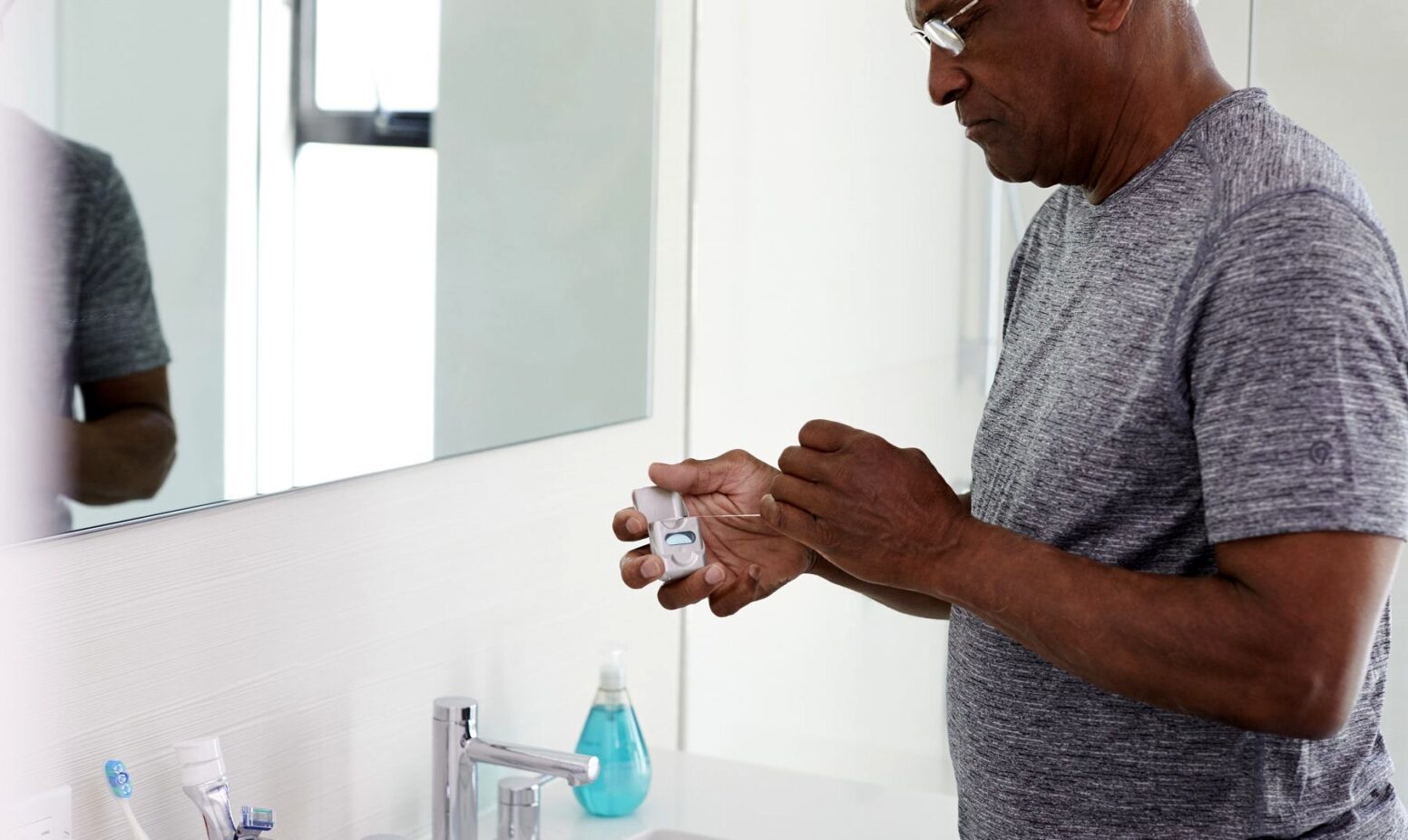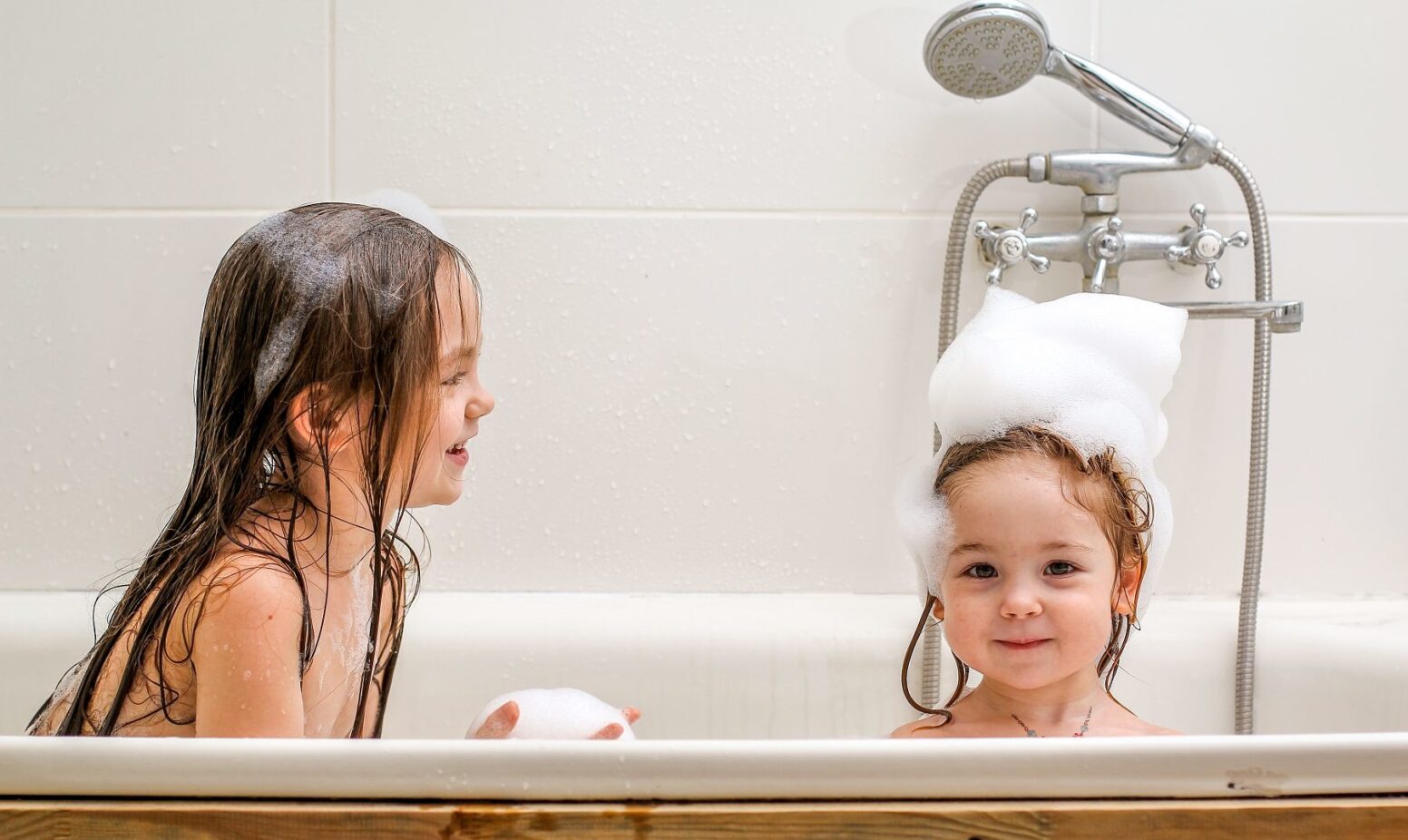Connecting with consumers to drive innovation
Breaking into new markets requires an in-depth understanding of the behaviours and attitudes of consumers, as well as the cultural context and environmental constraints that may surround a product or proposition. In some cases, failure to understand and adapt to these cultural nuances can result in solutions that don’t meet the needs of the end-user, potentially damaging brand perceptions. So when PDD was approached to help build up a clear picture of personal care habits in the UK and China for a US brand, we welcomed the opportunity, not just as researchers and designers, but as consumers of these products and services too.

So, what is the best approach for understanding such broad and varied markets? Before diving in and talking to consumers we wanted to build up a market overview to help us understand what was happening within the category from a consumer trend perspective and within the competitor landscape; these early key findings and emergent themes informed the development of our hypothesis and key lines of enquiry we would later take with consumers.
Dropping preconceptions and personal biases, we set-about uncovering trends around consumer behaviours, habits and attitudes around personal care at home; combining this with an understanding of the context of use and potential environmental constraints that could impact the effectiveness of the product or solution. Complementary streams of research enabled us to build up a picture of the competitive landscape, design and CMF (colour, material, finish) trends within the category; identifying areas of saturation as well as potentially untapped areas of opportunity.
We set-up online research platforms to reach out to over 200 consumers across the UK & China from a range of demographics, using the key findings from the initial research phase to inform the discovery focus areas and discussions with consumers. Using a combination of structured quantitative research with more open-ended and investigative qualitative research, we set out to establish the “whys” behind the observations and statistics.
Using a range of tools and techniques from journaling, open & closed-ended questions and opinion polls, to word association and image matching; we were able to build up a picture of the mindsets, habits, usage patterns and preferences of our online communities in the UK and China. Insights and opportunities derived from the research streams were used to drive product and service innovation from pre-purchase, purchase and installation through to usage and aftercare solutions.







